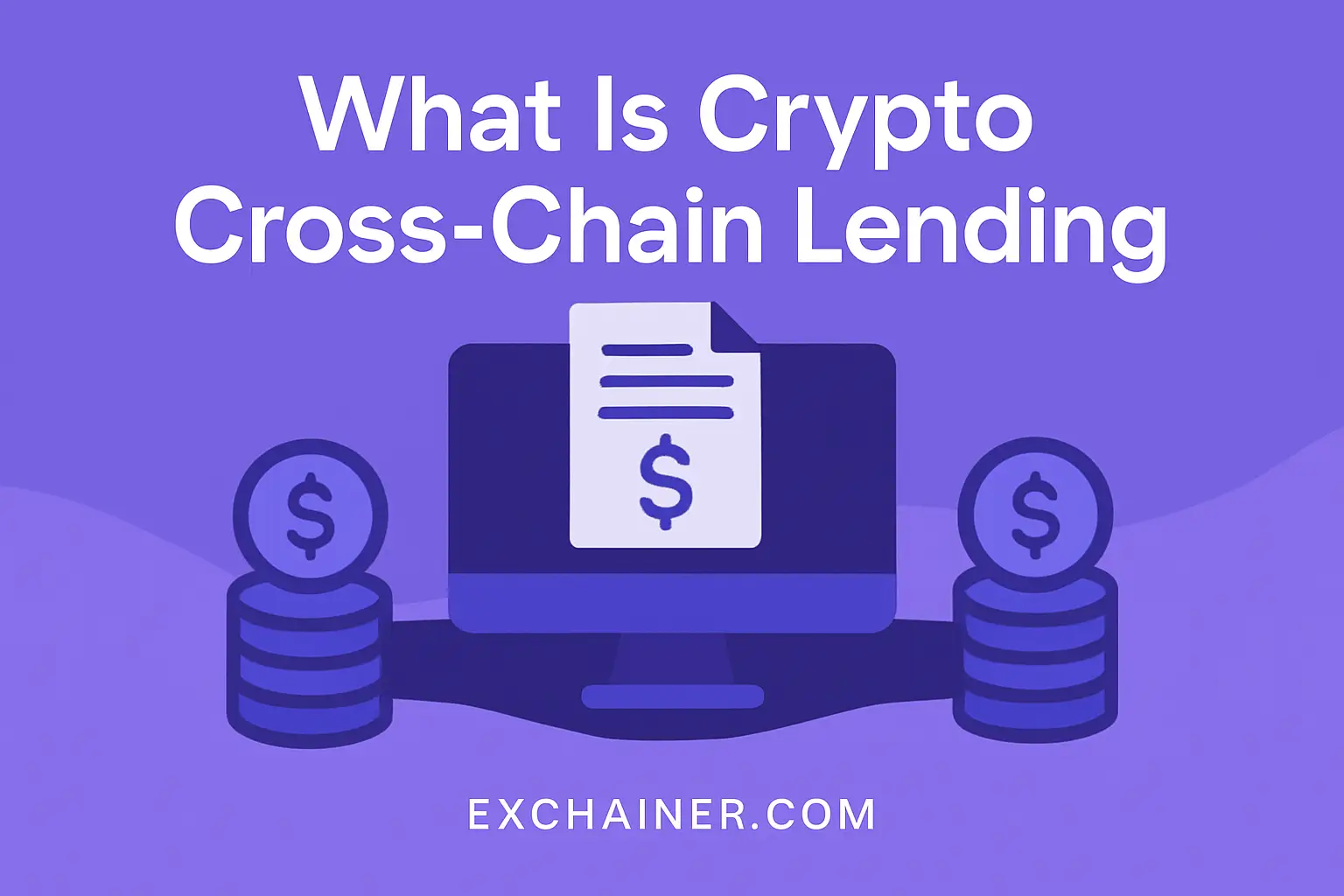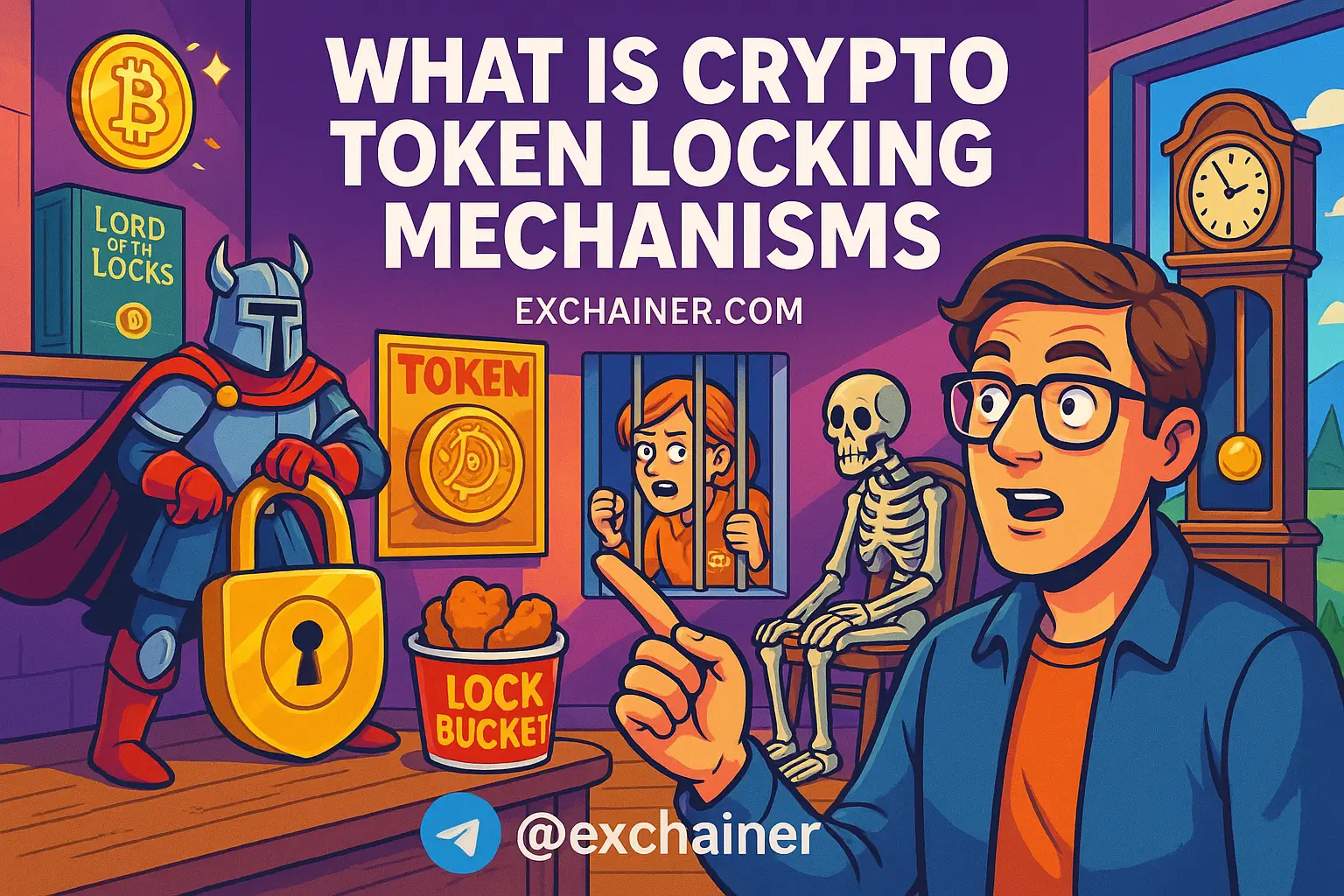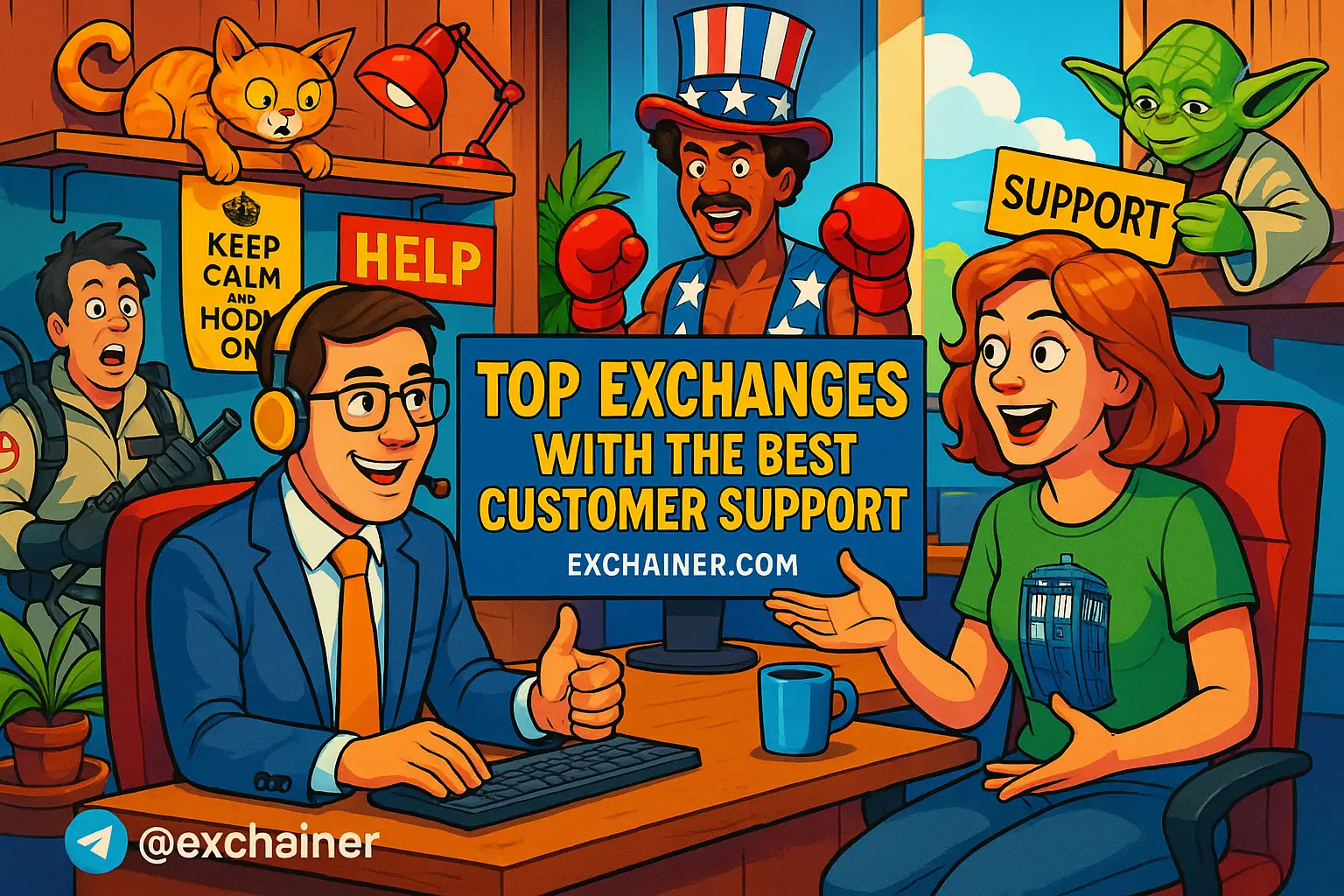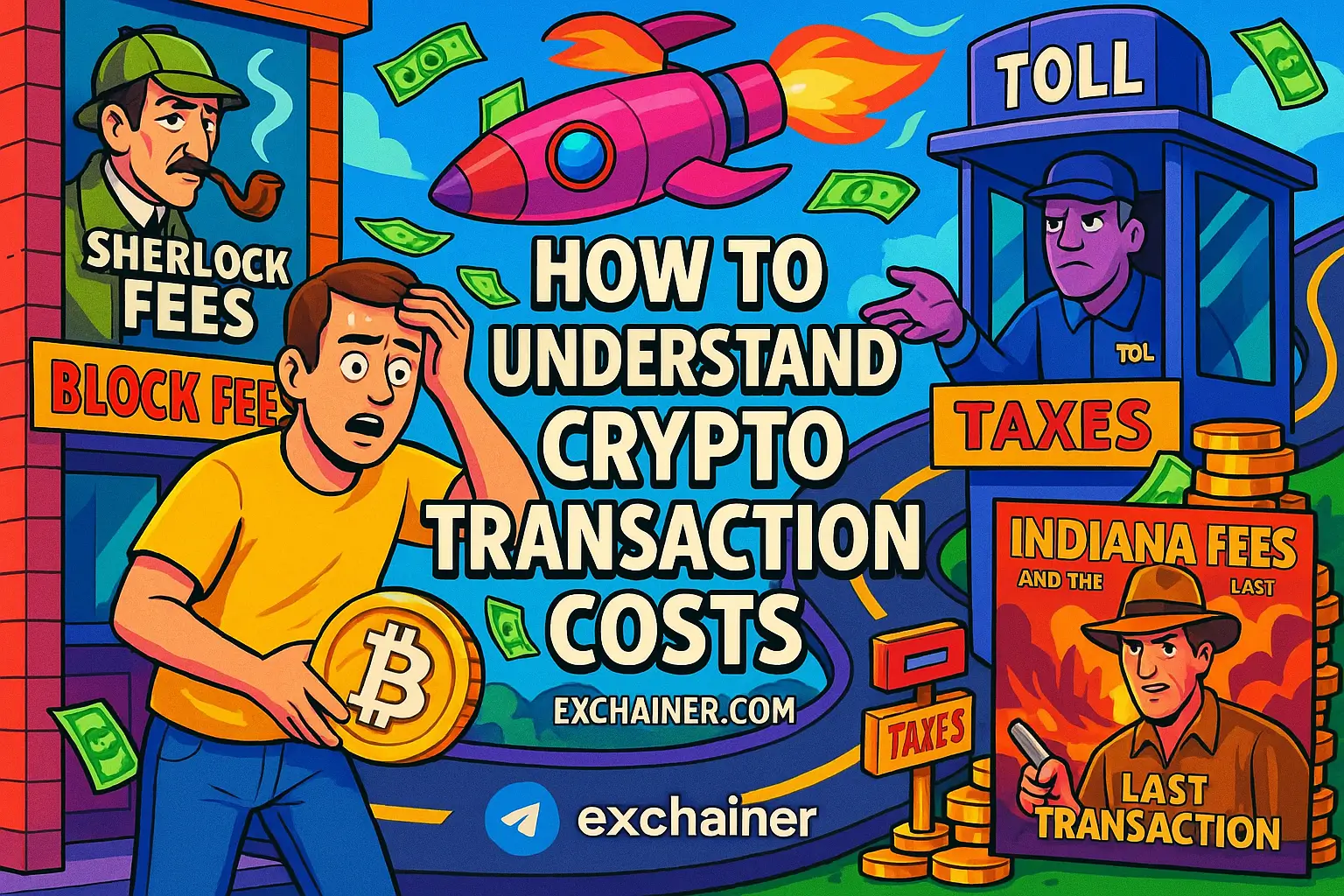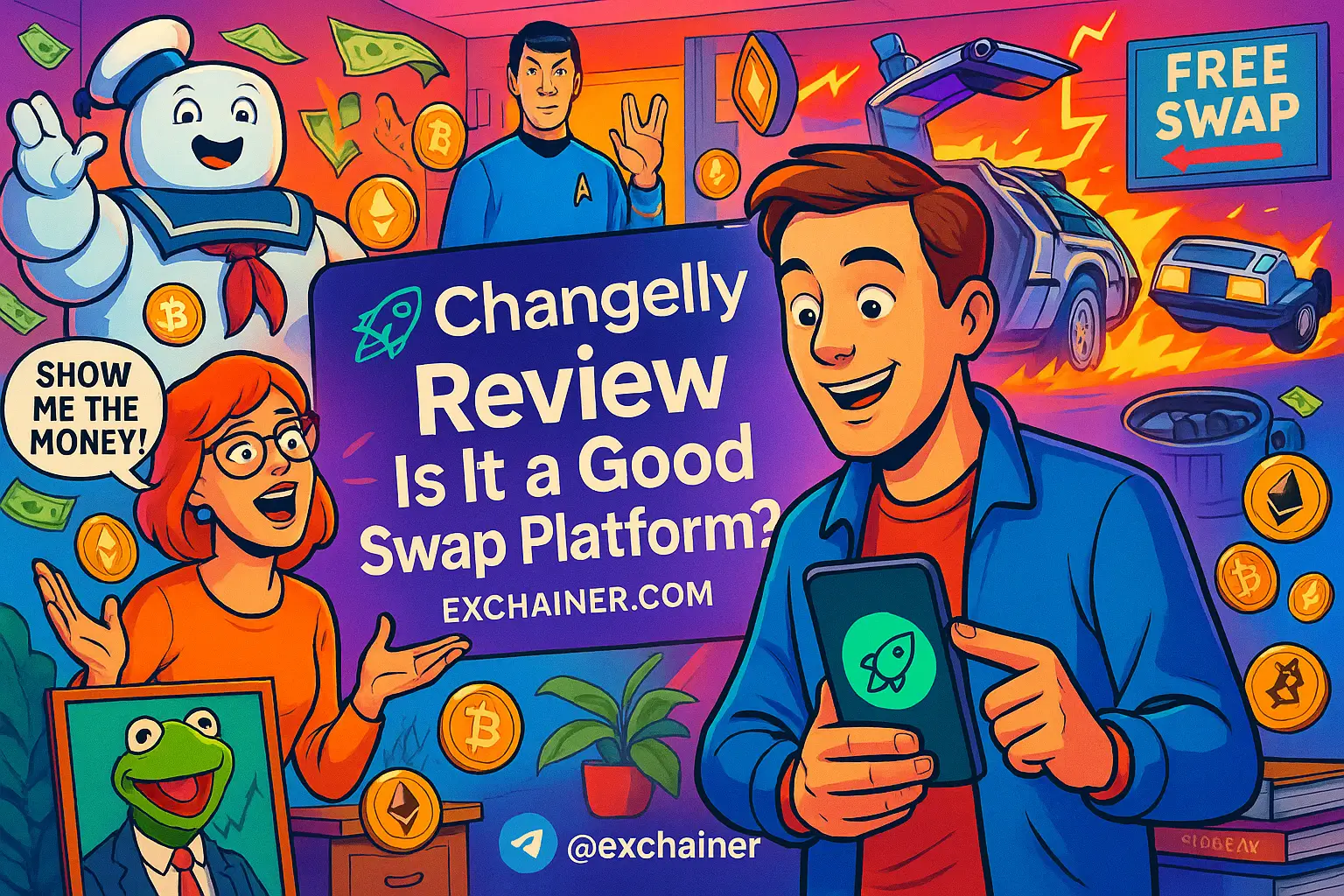Introduction
Friends, if you've been exploring the world of cryptocurrency, you’ve probably come across various financial services that seem complex yet fascinating. One such concept gaining traction is cross-chain lending. Simply put, it’s a new way to borrow and lend digital assets across different blockchain networks, without being stuck on just one platform. This technology opens up fresh opportunities for users and traders alike, boosting liquidity and flexibility in the crypto space. But what exactly is crypto cross-chain lending, and why should you care about it?
Today, we’ll break down this concept in a clear, friendly way, suitable for beginners and those with some crypto experience. You’ll learn what cross-chain lending means, how it works, and where it fits in the broader landscape of decentralized finance (DeFi). This is your chance to expand your knowledge and explore a key innovation reshaping crypto trading and investing. Plus, we’ll share practical tips and links to more helpful resources along the way. Ready to dive in? Let’s go!
Understanding Cross-Chain Lending: The Basics
Before we get into the nuts and bolts of cross-chain lending, let’s clarify a few terms.
Blockchain networks are distinct digital ledgers that record transactions—think Ethereum, Binance Smart Chain, or Solana. Typically, cryptocurrencies live and move within these specific blockchains. But what if you want to use assets from one blockchain to access services on another? That's where cross-chain technology comes in.
What Is Crypto Cross-Chain Lending?
Crypto cross-chain lending lets users borrow or lend digital currencies while interacting across different blockchains. Imagine lending Bitcoin (BTC) on the Bitcoin blockchain and borrowing Ethereum (ETH) from the Ethereum blockchain, all in one seamless transaction. This differs from traditional lending where you must stay within a single blockchain ecosystem.
By opening this door, users avoid limitations of individual blockchains—like slow transactions or high fees—and tap into a larger, diverse pool of assets and investors. This makes the crypto lending market more liquid, efficient, and flexible.
How Does It Work?
Cross-chain lending platforms use advanced technology called "bridges" and smart contracts to facilitate transfers across chains. Smart contracts are self-executing agreements with terms directly written into code, automating the entire lending and borrowing process securely and transparently.
For example, if you want to deposit Ethereum as collateral and borrow Binance Coin (BNB), the platform bridges these assets between blockchains. You'll lock your ETH in a smart contract on Ethereum, which then issues a representation or wrapped token on Binance Smart Chain. This wrapped token acts like collateral for minting your loan in BNB. When you repay, the platform reverses the process.
By leveraging bridges and smart contracts, cross-chain lending eliminates the need for traditional intermediaries like banks, offering faster and cheaper loans.
Benefits of Cross-Chain Lending for Crypto Users
Now, why should you care about cross-chain lending? Here’s why it’s becoming a big deal:
1. Expanded Access and Liquidity
With cross-chain lending, you're not limited to lending and borrowing assets only on one blockchain. This expands your options enormously. Say you have tokens on a smaller blockchain but want to use them as collateral to borrow on a more popular chain. Cross-chain lending allows that, increasing liquidity and funding availability.
2. Reduced Costs and Faster Transactions
Traditional cross-chain swaps often involve multiple manual steps, each incurring fees and delays. Cross-chain lending streamlines this by automating asset transfer and loan issuance via smart contracts, cutting both costs and time.
3. Enhanced Security
Since everything happens via smart contracts on trustless platforms, cross-chain lending minimizes risks like counterparty default. Plus, many protocols implement advanced security measures like multi-sig wallets and audits, providing extra peace of mind.
4. Greater Flexibility in Crypto Portfolios
Imagine you're holding Bitcoin but want to capitalize on an opportunity in DeFi on Ethereum. By using cross-chain lending, you can put your BTC to work as collateral almost instantly and access assets or loans in Ethereum’s ecosystem.
Popular Cross-Chain Lending Platforms and Examples
Several pioneering projects are pushing the envelope with cross-chain lending. Let’s look at a few examples:
Aave
Aave is a well-known DeFi lending platform originally built on Ethereum. It has since ventured into cross-chain services with Polygon and Avalanche networks. It allows users to borrow and lend assets across these chains seamlessly.
Thorchain
Thorchain focuses on cross-chain liquidity provision and swapping but is increasingly evolving towards lending features across chains. It’s unique because it allows users to swap directly between native assets like BTC and ETH without wrapped tokens.
Cosmos and Inter-Blockchain Communication (IBC)
Cosmos is a blockchain ecosystem designed for interoperability. Its IBC protocol enables cross-chain transfers. Lending protocols built on Cosmos are taking advantage of IBC to support cross-chain loans and collateralization.
How to Choose the Right Platform?
Look for factors like:
- Security audits: Has the platform been checked by trusted professionals?
- Supported blockchains: Does it support assets you hold or want to use?
- Fees and interest rates: Are they competitive and transparent?
- User experience: Is the platform easy to navigate and understand?
Practical Tips for Using Cross-Chain Lending
Jumping into cross-chain lending can feel intimidating. Here are some friendly tips to make your experience smoother:
Start Small: Begin with a small loan to understand the platform mechanics without risking much capital.
Check Collateral Requirements: Each platform has minimum collateralization ratios. Knowing these prevents liquidation risks due to market swings.
Keep Up with Network Fees: Transferring assets across blockchains can involve variable fees. Plan accordingly to avoid surprises.
Understand Interest Rates: Rates can differ between blockchains and assets. Compare to maximize profits or minimize costs.
Security First: Use hardware wallets or trusted software wallets to manage your assets. Avoid constantly keeping large amounts on exchanges or platforms.
Stay Updated: Cross-chain lending is evolving fast. Follow news sources and communities to keep ahead of new features or risks.
Challenges and Risks in Cross-Chain Lending
While promising, cross-chain lending isn’t without challenges:
Bridge Vulnerabilities
Bridges connecting different blockchains can be targets for hacks. Any security flaw might lead to loss of user funds, as seen in some high-profile bridge exploits.
Smart Contract Bugs
If there’s a coding error in the lending platform’s smart contracts, loans or collateral could get stuck or lost. Always check if the platform is audited.
Price Volatility Risk
Crypto prices are famously volatile. Borrowers must maintain sufficient collateral value to avoid liquidation. Cross-chain loans add complexity due to price differences across assets and chains.
Liquidity Risks
If a platform doesn’t have enough liquidity, you might struggle to get loans or repay them easily.
Future of Cross-Chain Lending
The crypto industry is moving fast, and cross-chain lending is at the forefront of innovation. As blockchain interoperability improves, we expect to see:
- More seamless and user-friendly platforms.
- Reduction in fees and faster transaction processing.
- Integration with other DeFi services like yield farming and staking.
- Increased regulatory clarity and safer environments.
This technology could unlock a truly borderless and connected financial ecosystem, offering users unprecedented freedom and opportunity.
Conclusion
To wrap up, crypto cross-chain lending is a powerful and evolving tool that takes the concept of borrowing and lending digital assets to new heights. By enabling loans across different blockchains, it removes barriers, enhances liquidity, and gives you more flexibility to manage your crypto investments.
Remember, cross-chain lending involves some risks and requires careful research before jumping in. Start small, keep security top of mind, and keep learning. The landscape is promising and full of innovative solutions aimed at making crypto finance more accessible for everyone.
Ready to deepen your crypto knowledge? Explore our Crypto 101 category for beginner-friendly guides, check out our Exchange Reviews to find trusted platforms, and visit Tools and Wallets to get started with the right crypto management tools.
Stay curious, stay safe, and happy lending across the chains!
External resources that might help you explore further include CoinMarketCap’s glossary on cross-chain and the official Aave website, where you can see these concepts in action.

